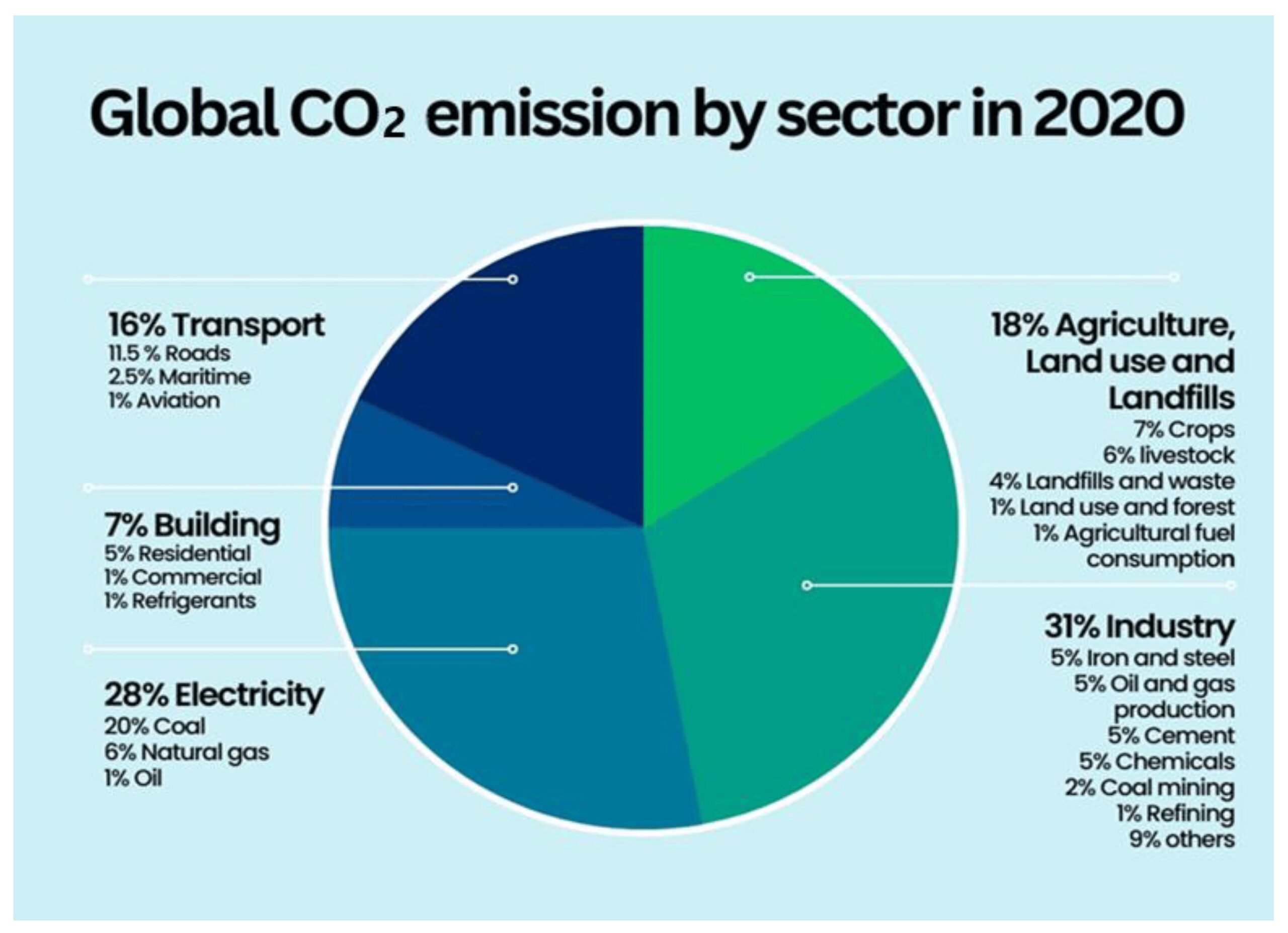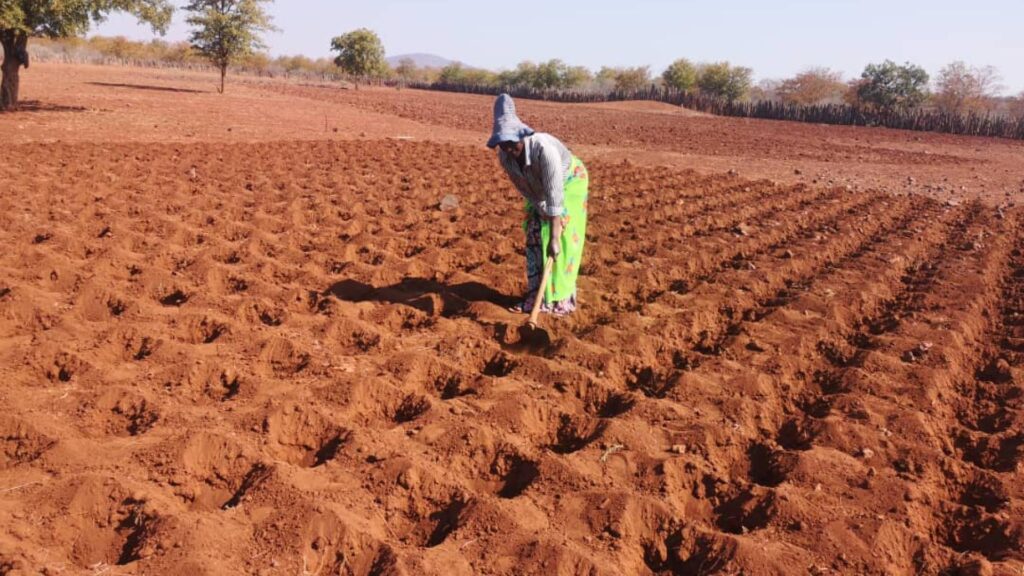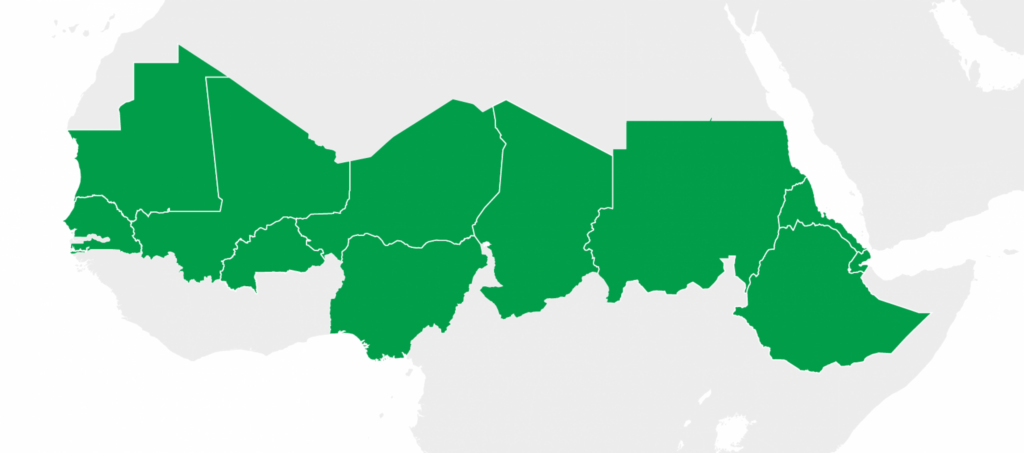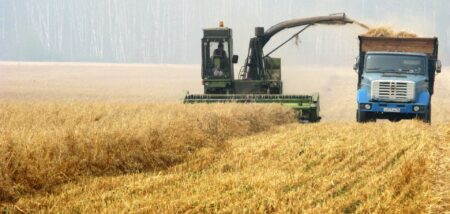- Agriculture is one of the leading causes of climate change.
- Without action, emissions from food systems will rise even further, with increasing food production.
- Climate-smart agriculture offers a holistic approach to end food security.
It may surprise many that agriculture and its activities are, in fact, one of the leading causes of climate change. Agriculture is reported to be responsible for some of the highest emissions of greenhouse gases, making the sector one of the main contributors to global warming.
It strikes the environment with a double-edged sword, emitting greenhouse gases on one hand and destroying forests and marine ecosystems on the other.
According to the World Bank, agriculture is the primary cause of deforestation, threatening pristine ecosystems such as the Amazon and the Congo Basin. With the global population exploding, there is an inevitable need to increase food production, which can only be achieved by expanding agricultural activities.
This creates a vicious cycle, as warned by the World Bank: “Without action, emissions from food systems will rise even further, with increasing food production.”
The need for increased food production is growing exponentially
Experts indicate that the global agrifood system emits one-third of all emissions, a figure bound to worsen as the need for increased food production grows exponentially.
The World Bank cautions that global food demand is estimated to increase to feed a projected global population of 9.7 billion people by 2050. However, traditional methods of increasing food production, such as agricultural expansion and unsustainable use of land and resources, are no longer sustainable.
Food systems are the leading source of methane emissions and biodiversity loss, using around 70 per cent of fresh water. To put it into perspective, if food waste were a country, it would be the third-highest emitter in the world.
The dilemma is apparent: we need to eat, but food production is destroying the planet. The million-dollar question is how do we increase food production and protect the environment simultaneously? (Tramadol online This is where climate-smart agriculture comes in.
Climate-smart agriculture helps address climate change needs
Climate-smart agriculture, or sustainable food systems, is a holistic approach to addressing climate change and food insecurity. It focuses on agricultural practices and technologies that boost productivity, enhance resilience, and reduce greenhouse gas emissions.
It operates with agro-ecological conditions at its centre, encouraging the adoption of climate-resilient crop varieties, conservation agriculture techniques, agroforestry, precision farming, water management strategies, and improved livestock management.
By adopting climate-smart agriculture, we can feed the world, adapt to climate change, and drastically reduce greenhouse gas emissions. The World Bank has significantly scaled up its engagement and investment in climate-smart agriculture, increasing its financing to almost $3 billion annually.
As of July 2023, all new World Bank operations must be aligned with the goals of the Paris Agreement, making climate-smart agriculture a core focus.

Climate-smart agriculture projects in Africa
Climate-smart agriculture (CSA) in Africa is an approach designed to transform and reorient agricultural systems to support food security under the new realities of climate change.
CSA aims to sustainably increase agricultural productivity, adapt and build resilience to climate change, and reduce or remove greenhouse gases where possible.
One notable example is the Water Efficient Maize for Africa (WEMA) project. WEMA was initiated to develop drought-tolerant and insect-protected maize varieties to help farmers in several African countries combat the adverse effects of climate change and pests.
The project uses conventional breeding techniques and biotechnology to improve maize yields and food security without significantly increasing the need for water or other inputs.
This project represents an essential step in developing crop varieties that can withstand changing climate conditions, ensuring food security and livelihoods for millions of people.
In East Africa, the Climate-Smart Village (CSV) approach has been implemented by the CGIAR Research Program on Climate Change, Agriculture and Food Security (CCAFS). CSVs are sites where farmers, researchers, and local governments collaborate to test and demonstrate various climate-smart technologies and practices.
In Kenya and Tanzania, for example, CSVs have introduced drought-resistant crops, improved water harvesting and irrigation methods, and agroforestry. These practices enhance resilience to climate variability, improve soil health, and increase agricultural productivity, offering a holistic approach to tackling the challenges posed by climate change.

Read Also: Is Africa climate change management plan weak or strong?
Projects help in sequestering carbon, mitigating climate change
Another innovative project is the Great Green Wall initiative, which stretches across the Sahel region from Senegal in the west to Djibouti in the east. Initiated in 2007 by the African Union, the strategy aims to rehabilitate 100 million hectares of deteriorated land, capture 250 million tonnes of carbon, and generate 10 million green jobs by 2030.
Although primarily aimed at combating desertification, the initiative incorporates climate-smart agricultural practices such as the restoration of degraded land, agroforestry, and sustainable land management.
These practices help sequester carbon, thus mitigating climate change, and provide food, jobs, and security to millions living in the Sahel region.
In Zimbabwe, the Pfumvudza/Intwasa program represents a climate-smart agriculture approach focusing on conservation farming techniques. The program aims to increase crop yields while enhancing resilience to climate variability by promoting minimum tillage, using cover crops, and proper water management.
Pfumvudza/Intwasa demonstrates how integrating traditional knowledge with modern agricultural practices can lead to sustainable food production systems.
These examples highlight the innovative and diverse approaches being taken across Africa to implement climate-smart agricultural projects. As these projects continue to expand and evolve, they offer valuable lessons and models for sustainable agricultural practices worldwide.











